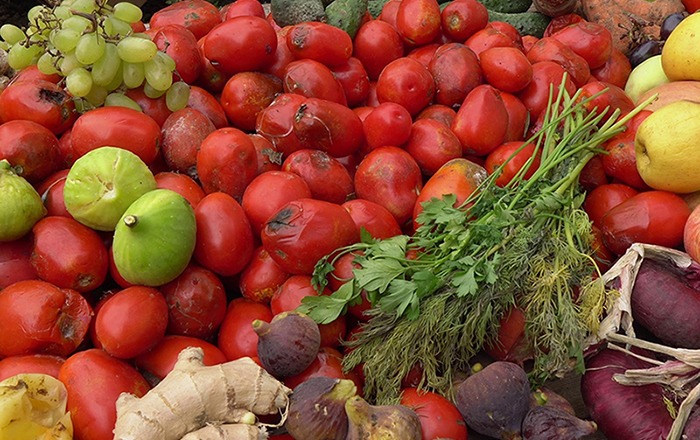
- Our focus is to take the best from the for-profit supply chain world and marry it with the best of the nonprofit arena to create solutions that evens the playing field for Nonprofits. Today no NGO is too small or too big to benefit from an improved supply chain | Founder Steve Robinson
"Reducing Food Waste: The Environmental and Economic Impact"
- Food waste is a growing problem that affects not only the environment but also the economy. According to the Food and Agriculture Organization of the United Nations (FAO), one-third of all food produced in the world is wasted. This not only results in a waste of resources but also contributes to greenhouse gas emissions, deforestation, and water scarcity. In this article, we will discuss the environmental and economic impact of food waste and the solutions that can help to reduce it.
- One major impact of food waste is its contribution to greenhouse gas emissions. According to the FAO, food waste is responsible for 8% of global greenhouse gas emissions. This is because food waste in landfills produces methane, a potent greenhouse gas. Additionally, food waste also contributes to emissions from transportation and other activities associated with food production and distribution.
- Another impact of food waste is its contribution to deforestation and water scarcity. According to the Natural Resources Defense Council (NRDC), food waste contributes to deforestation because it requires more land to produce food that is not consumed. Additionally, food waste also contributes to water scarcity because it requires water to grow food that is not consumed.
- Food waste also has significant economic impact. According to a study by the Boston Consulting Group, food waste costs the global economy $940 billion per year. This is due to wasted resources and lost revenue for farmers, food producers, and retailers. Additionally, food waste can also lead to higher food prices for consumers.
- A fourth impact of food waste is its contribution to world hunger. According to the World Food Programme, one in nine people suffer from chronic hunger. Food waste could help feed those who are hungry, and it is an injustice to see food being wasted when so many people do not have enough to eat.
- To reduce food waste, there are several solutions that can be implemented. One solution is to improve supply chain management and logistics. By improving forecasting, production planning, and inventory management, food producers and retailers can reduce the amount of food that goes to waste. Additionally, by using technology such as RFID and blockchain, food producers and retailers can improve traceability and visibility throughout the supply chain, which can help to reduce food waste.
- Another solution is to improve packaging and labeling. By using more sustainable packaging and labeling food with clear expiration dates, food producers and retailers can reduce food waste. Additionally, by using smarter packaging that keeps food fresh longer, food producers and retailers can reduce the amount of food that goes to waste.
- A third solution is to increase consumer education and awareness. By providing consumers with information about food waste and how to reduce it, they can make more informed decisions about the food they buy and consume. Additionally, by providing consumers with recipes and tips for using leftovers, they can reduce the amount of food they waste at home.
- A fourth solution is to redirect surplus food to those in need. By working with food banks and other organizations, food producers and retailers can ensure that surplus food is distributed to those who need it. Additionally, by implementing food recovery programs, food producers and retailers can ensure that surplus food is not wasted, but is instead used to feed those who are hungry.
In conclusion, food waste is a growing problem that affects the environment, the economy, and society as a whole. By understanding the impact of food waste, we can identify solutions that can help to reduce it. By improving supply chain management, packaging and labeling, consumer education, and redirecting surplus food to those in need, we can help to reduce the amount of food that is wasted.
References:
- Food and Agriculture Organization of the United Nations. (n.d.).
- Food wastage footprint.
- Natural Resources Defense Council. (n.d.). Food Waste.
- Boston Consulting Group. (n.d.). The Cost of Food Waste.
- World Food Programme. (n.d.). Hunger Statistics
We're sorry. New comments are no longer being accepted.
1 person will be notified when a comment is added.
Would you like to be notified when a comment is added?
Please login or register first.



